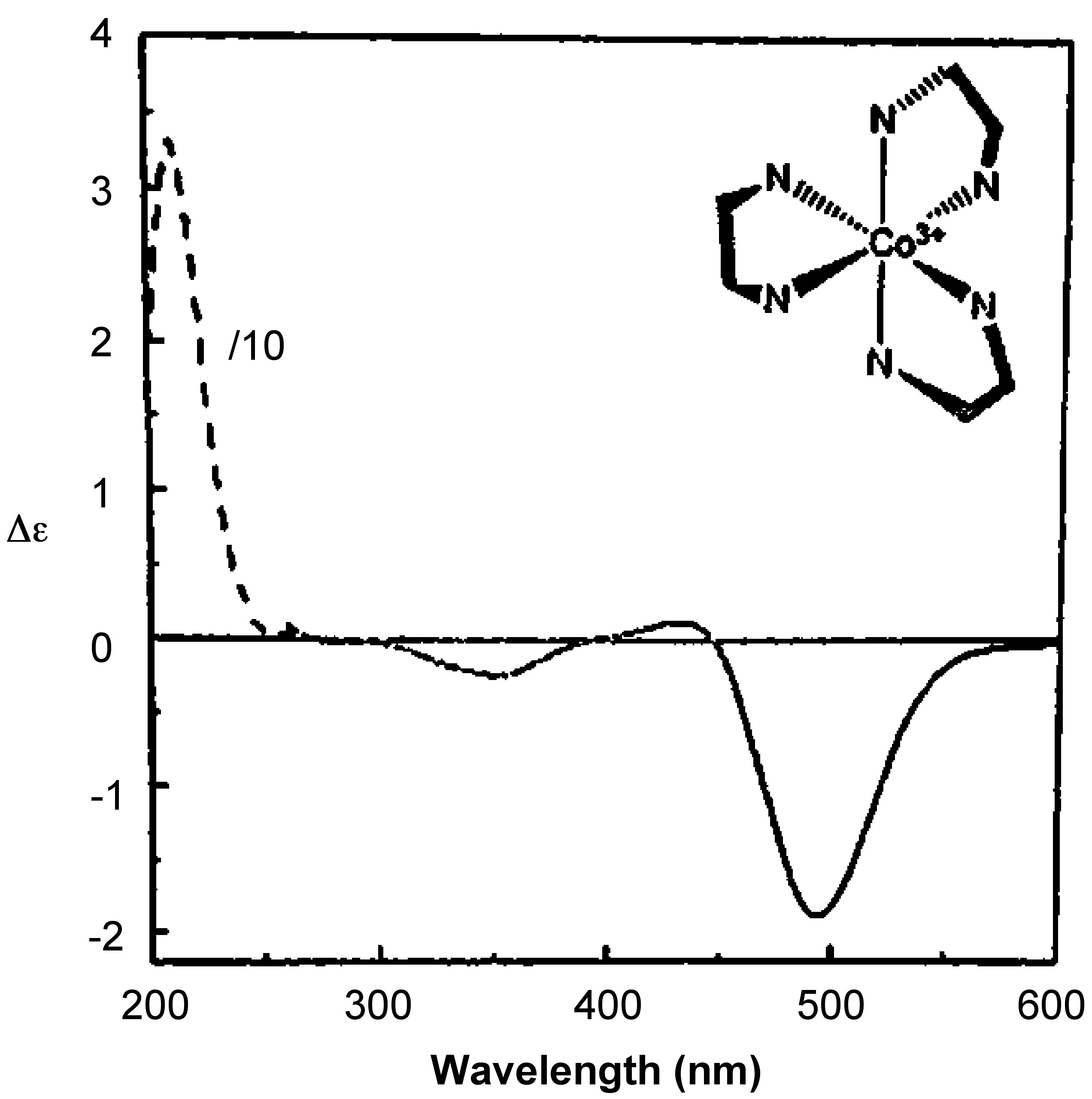| << Chapter < Page | Chapter >> Page > |
In the CD spectrometer the sample is places in a cuvette and a beam of light is passed through the sample. The light (in the present context all electromagnetic waves will be refer to as light) coming from source is subjected to circular polarization, meaning that its plane of polarization is made to rotate either clockwise (right circular polarization) or anti-clockwise (left circular polarization) with time while propagating, see [link] .

The sample is, firstly irradiated with left rotating polarized light, and the absorption is determined by [link] . A second irradiation is performed with right polarized light. Now, due to the intrinsic asymmetry of chiral molecules, they will interact with circularly polarized light differently according to the direction of rotation there is going to be a tendency to absorb more for one of rotation directions. The difference between absorption of left and right circularly polarized light is the data, which is obtained from [link] , where ε L and ε R are the molar extinction coefficients for left and right circularly polarized light, c is the molar concentration, l is the path length, the cuvette width (in cm). The difference in absorption can be related to difference in extinction, Δε, by [link] .
Usually, due to historical reasons the CD is reported not only as difference in absorption or extinction coefficients but as degree of ellipticity, [θ]. The relationship between [θ]and Δε is given by [link] .
Since the absorption is monitored in a range of wavelengths, the output is a plot of [θ] versus wavelength or Δε versus wavelength. [link] shows the CD spectrum of Δ–[Co(en) 3 ]Cl 3 .

Magnetic circular dichroism (MCD) is a sister technique to CD, but there are several distinctions:
MCD is powerful method for studying magnetic properties of materials and has recently been employed for analysis of iron-nitrogen compound, the strongest magnet known. Moreover, MCD and its variation, variable temperature MCD are complementary techniques to Mossbauer spectroscopy and electron paramagnetic resonance (EPR) spectroscopy. Hence, these techniques can give useful amplification to the chapter about Mossbauer and EPR spectroscopy.

Notification Switch
Would you like to follow the 'Physical methods in chemistry and nano science' conversation and receive update notifications?